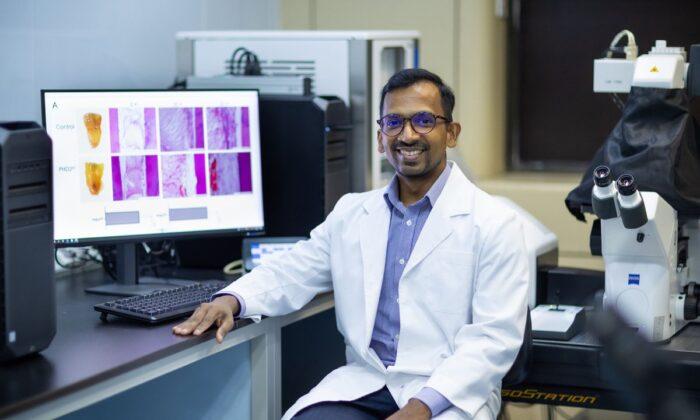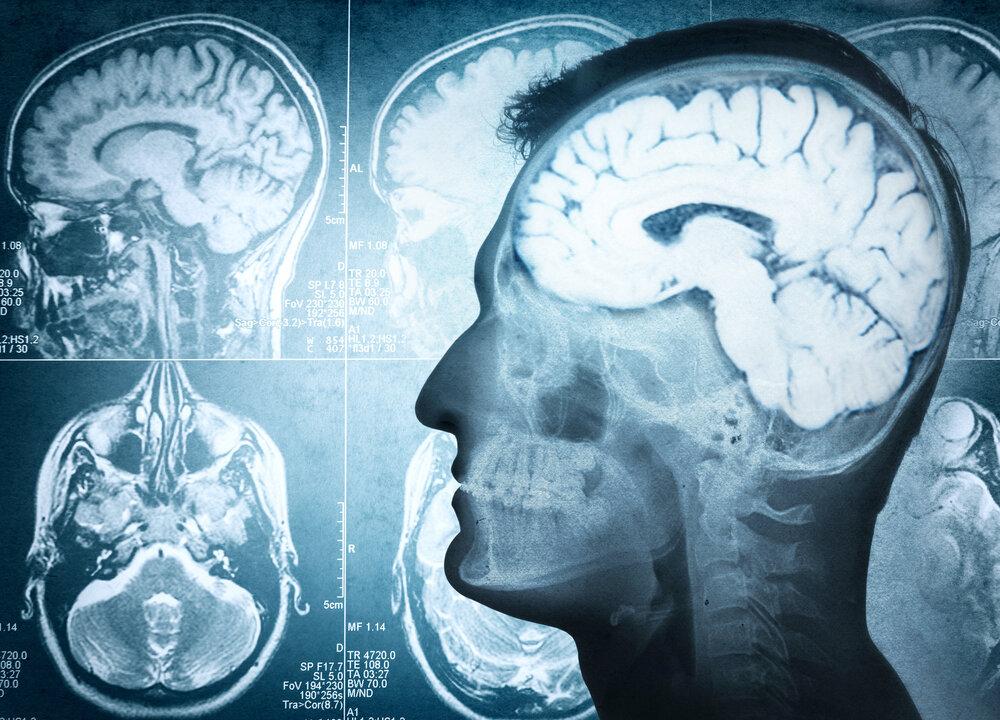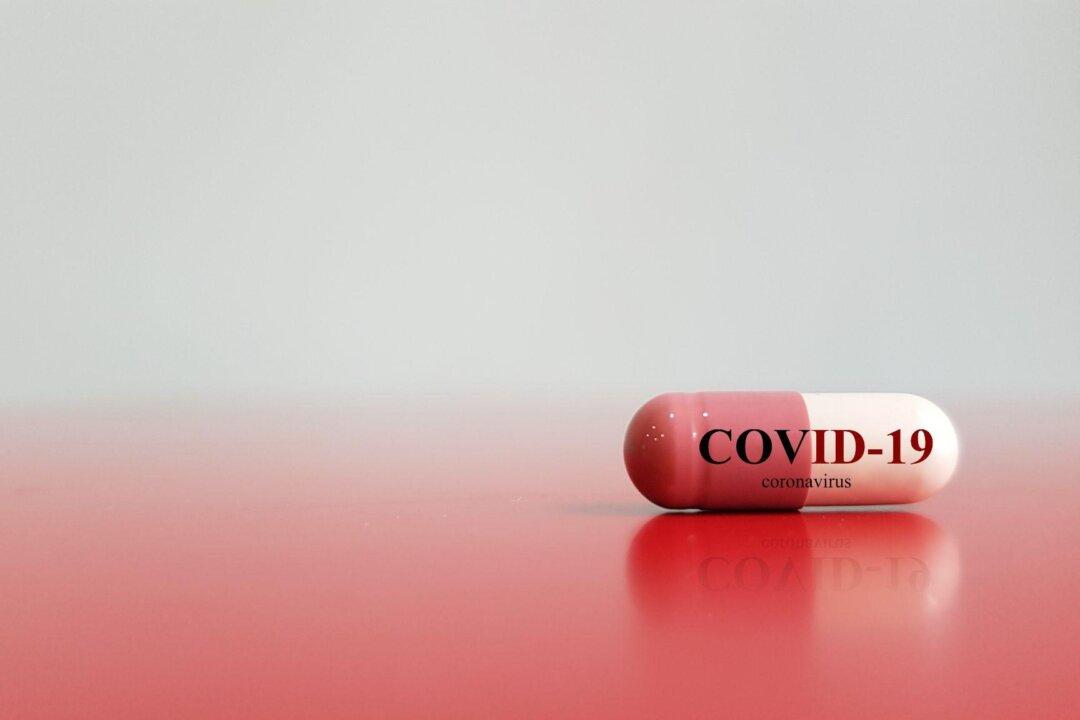Researchers in Hong Kong have found a way to promote the regeneration of dental pulp tissue in a bid to find ways to help restore unhealthy teeth.
The research was conducted by a team led by Dr. Waruna Dissanayaka, assistant professor of oral biosciences at the University of Hong Kong (HKU).
The study is the first to show that adaptive mechanisms in tooth stem cells induced by preconditioning to stress can boost tooth pulp tissue regeneration.
Dr. Dissanayaka said he believes the findings will help develop new strategies to enhance the therapeutic potential of pulp stem cells.
Dental Pulp
Dental pulp is an important tissue for maintaining the health of teeth. Calcified dental caries or tooth damage may expose dental pulp to bacterial infection. If the infection is serious, the current treatment method is to remove the necrotic dental pulp tissue, which could mean that the severely damaged tooth or teeth may need to be removed.Low-Oxygen State
The HKU research team found that the pre-treatment of pulp stem cells by inducing them into a low-oxygen state could improve their ability to resist damage and infection, thereby increasing their survival rate after transplantation.Using a low oxygen environment to stimulate the oxidative stress response (protective response) of the transplanted DPSCs, the team successfully enhanced the adaptation of the cells after being transplanted into the root canal, making the cells regrow into living tissue.
Dr. Dissanayaka said previous studies showed that human cells, regulated by key genes in DNA, have many stress-adaptation mechanisms, which are usually inactive genes. If these genes can be turned on to activate certain proteins downstream, they can help cells resist damage.
Another positive response is that the pretreated cells significantly enhanced the formation of protective hard tissue within the regenerated pulp, according to Dissanayaka.
Dr. Han Yuanyuan, one of the co-researchers, said: “We found that these cells activate a metabolic mechanism under low oxygen to produce energy and remove harmful metabolites produced in response to stress.”
Dissanayaka said he plans to utilize the knowledge of specific genes and proteins responsible for inducing cell survival to identify drugs that can be used in clinical tissue regeneration.
Supported by Hong Kong’s Research Grants Council, the study was awarded the Colgate Oral Health Research Award at the 2022 International Association for Dental Research Congress.






Friends Read Free